Photographing wildlife is both an exhilarating and fulfilling practice. Yet, capturing wild species in nature takes tenacity, patience and substantial research into an animal’s habitat and natural history. The rate of success in wildlife photography varies greatly. It depends on the time of year, abundance of food, terrain and the affinity of the animal to humans. Sometimes, a photographer has an incredible wildlife sighting. Other times, he or she will wait for hours with no success. This, along with the vigorous benchmarks from photography competitions and magazines increases the pressure on professional photographers.
In light of these challenges, ethical considerations for wildlife photography become a grey area. Where do you draw the line when it comes to creating an effective wildlife photograph? How do you minimize the impact on nature and the animal when capturing wildlife? In this article, we reveal why it’s important to photograph wildlife ethically when venturing into nature with your camera.
The Benefits of Wildlife Photography
Wildlife photography can be a powerful tool for raising awareness about endangered species and nature conservation. By photographing a wild animal, we can teach the community about its natural history and inspire them to engage in its protection. In addition, wildlife photography can visualize the wonders of the world. Thereby, it can spark a curiosity in those that may not have been exposed to the animal kingdom beforehand.
Read more on Why Nature Photography is More Important Now Than Ever.
Social media has enabled us to expose and promote issues around animal welfare on a global scale. A photograph, which goes viral on social media can be extremely powerful. It can incite the signing of petitions and donations for wildlife protection by millions of people. Nevertheless, there are also many repercussions to the ever-growing repertoire of stunning wildlife images.
The Challenges of Wildlife Photography
The wildlife photography industry is a tough environment to thrive in. Financial pressures and the race to publish content have driven a market for ethically questionable images. Nowadays, there are many ways that photographers may take the “wild” out of wildlife photography. Several tricks that some photographers practice are: hiring of trained animals, gluing or freezing of insects into place and using bait to lure animals closer to the lens.
These methods not only present unnecessary dangers to the wildlife in question. They also result in immense animal suffering and may lead to its premature death. Moreover, they discredit the work of photographers who spend months in the wilderness, waiting to capture a unique and authentic moment in nature ethically.
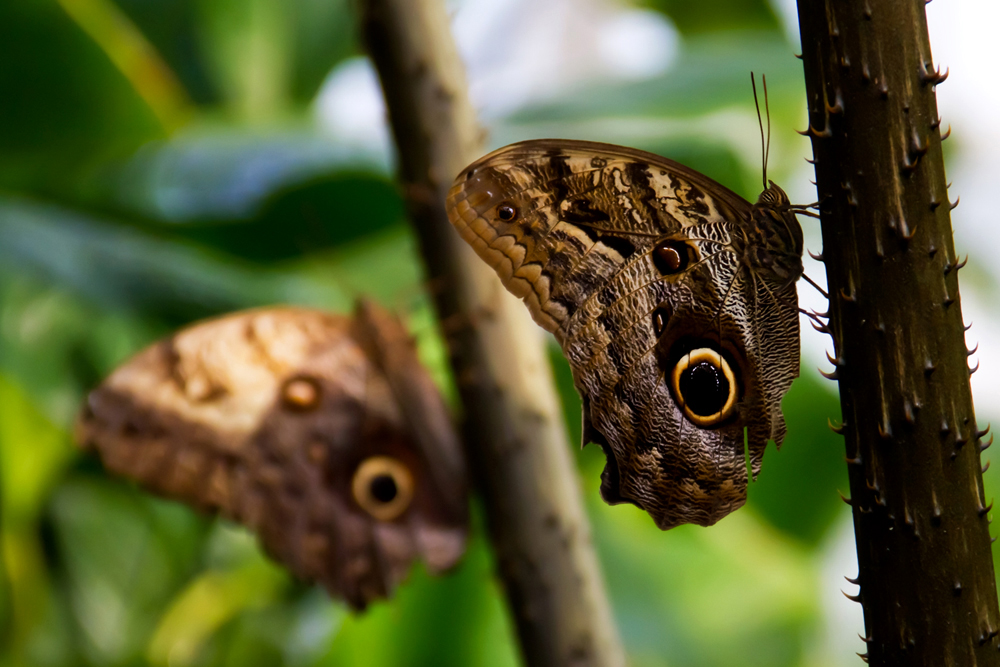
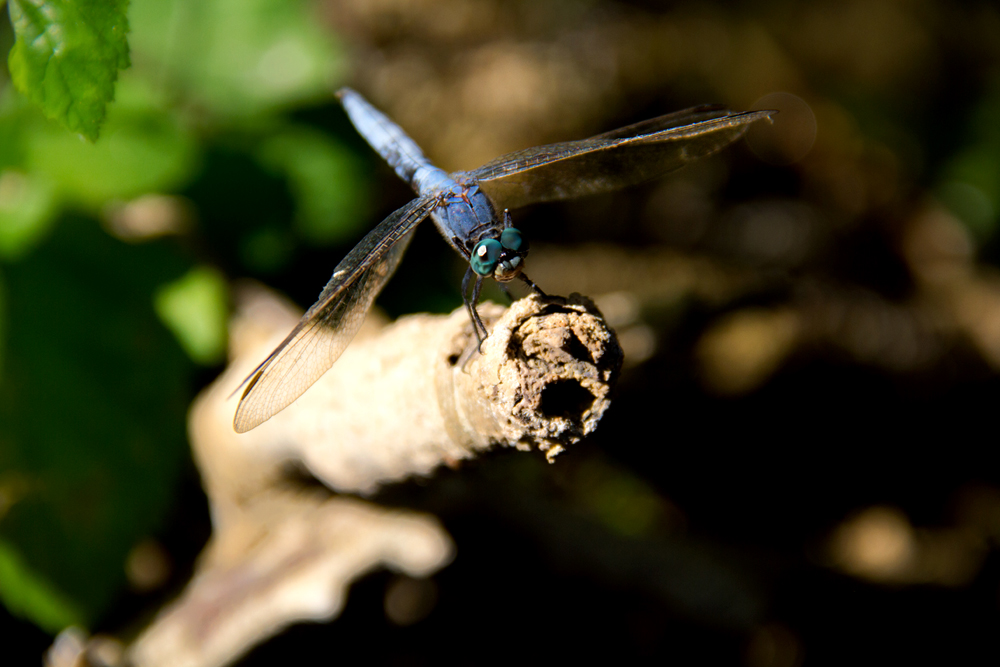
A Closer Look Into Wildlife Photography Practices
1. Game Farms
One of the most questionable practices in wildlife photography are so-called game farms. These facilities provide a convenient way to photograph animals without the need to track them down. The major problem? Facilities like these use animals solely for profit. In other words, the wildlife is locked in cages when not performing and trained only to pose for photographers. This not only goes against the animal’s natural instincts. It also creates immense stress on species that roam numerous kilometers a day in the wilderness. When the animal is no longer of use, deemed a bad performer or dubbed as too “dangerous” for its handler, it is simply killed off. These captive-wildlife businesses are not endorsed by any group that holds its members accountable to humane standards.
2. Insect Manipulation
For some photographers, the rules of ethical nature photography appear to be non-existent when photographing insects, spiders, amphibians, or other small creatures. In fact, a macro photograph can have grave consequences for the latter. One malpractice puts small creatures in the freezer to slow their movement. Another superglues them to a piece of foliage. Even worse, some small creatures are even attached to wires to create that “once-in-a-lifetime” photograph. This not only qualifies as animal cruelty. It may also cause death due to shock and unnecessary stress. Lastly, many of these striking photographs are subjects of pet store purchases. In and of itself, this is dishonest to the virtues of photographing animals in the wild.
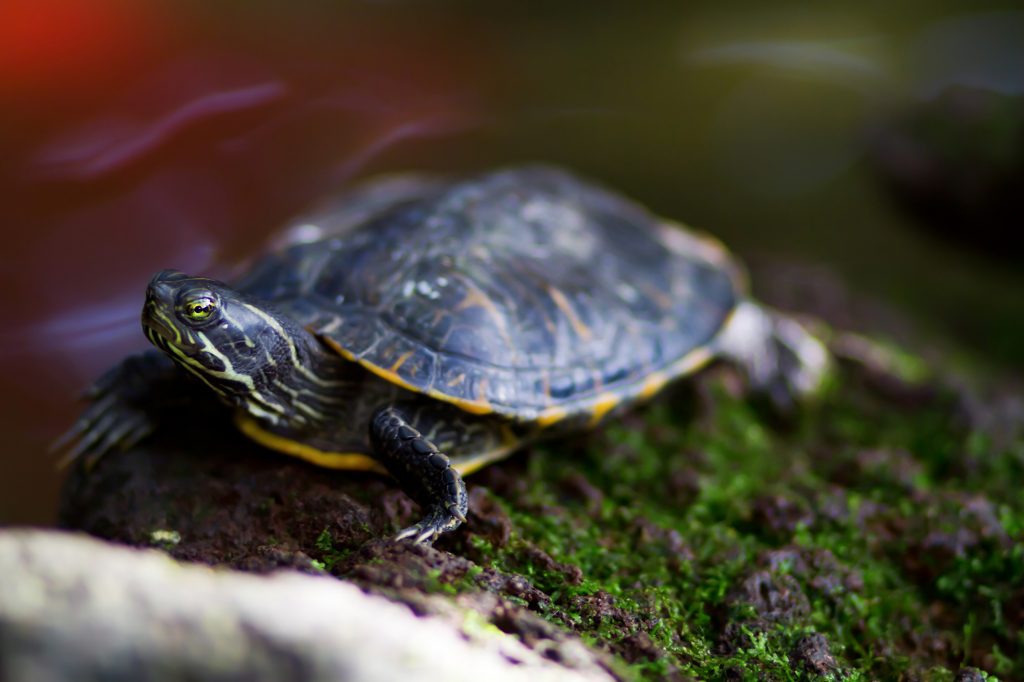
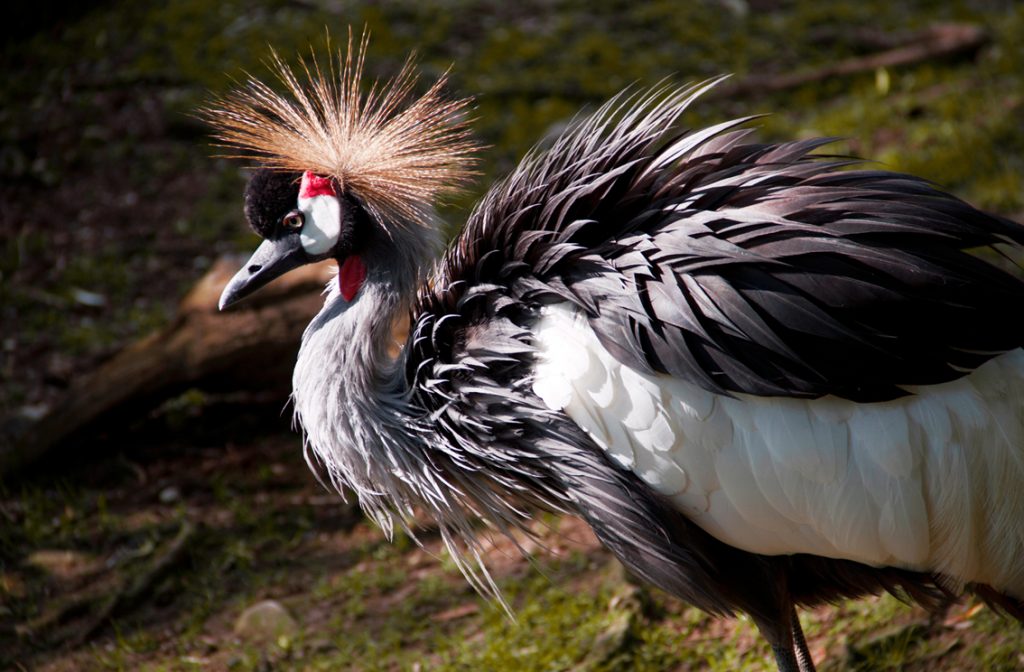
3. Live Baiting
Live baiting consists of placing a living animal in the vicinity of a photography hide or manipulating it with a fishing rod to lure in predators. As the predator seeks out the prey, it creates an ideal opportunity to photograph the animal in action. Baiting can change the behavior of predators in ways that are harmful for them. Primarily, the predator associate humans with food. Additionally, it may also be exposed to pathogens and parasites carried by the prey. While telling a false story through his or her work, the photographer additionally supports the unnecessary and orchestrated killing of a species that may otherwise have survived in the wild.
4. Social Media
While social media can be a powerful tool for good, it is also a platform of deceptive and unrealistic photographs. Especially social media platforms, such as Instagram, comprise a conundrum of photographers. Some capture nature honestly. Others take shortcuts to gain likes and follows at the expense of wildlife. The authenticity of the shared images is not controlled or transparent. Therefore, viewers are not informed about the conditions under which a photograph was produced. Many nature enthusiasts would be horrified to learn that their favorite wildlife images on social media were taken under questionable conditions. For example, consisting of trapping, baiting, taking animals out of the wild, or even worse – killing.
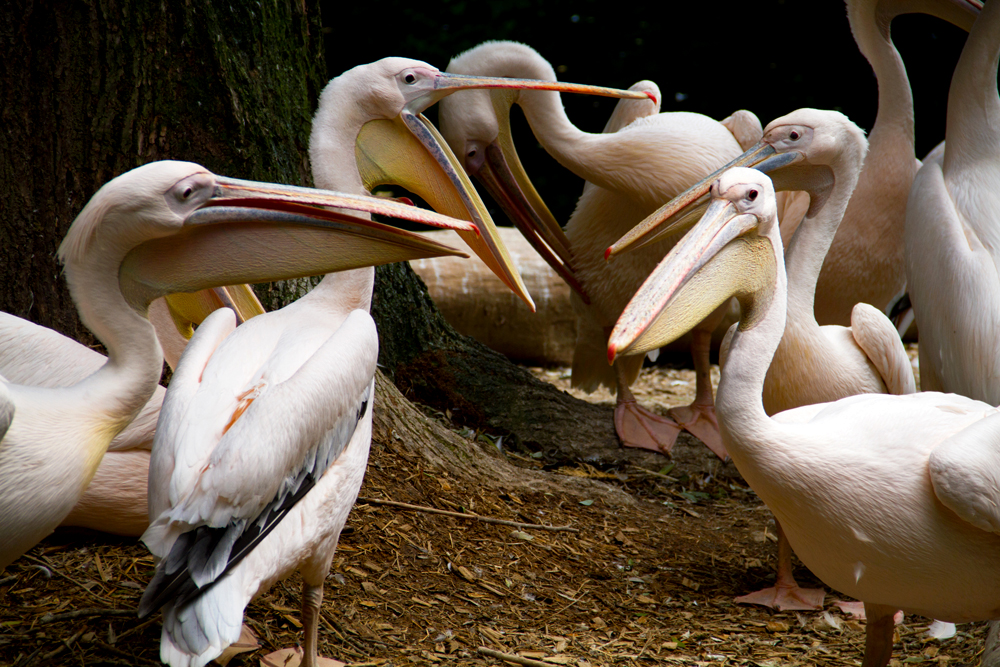
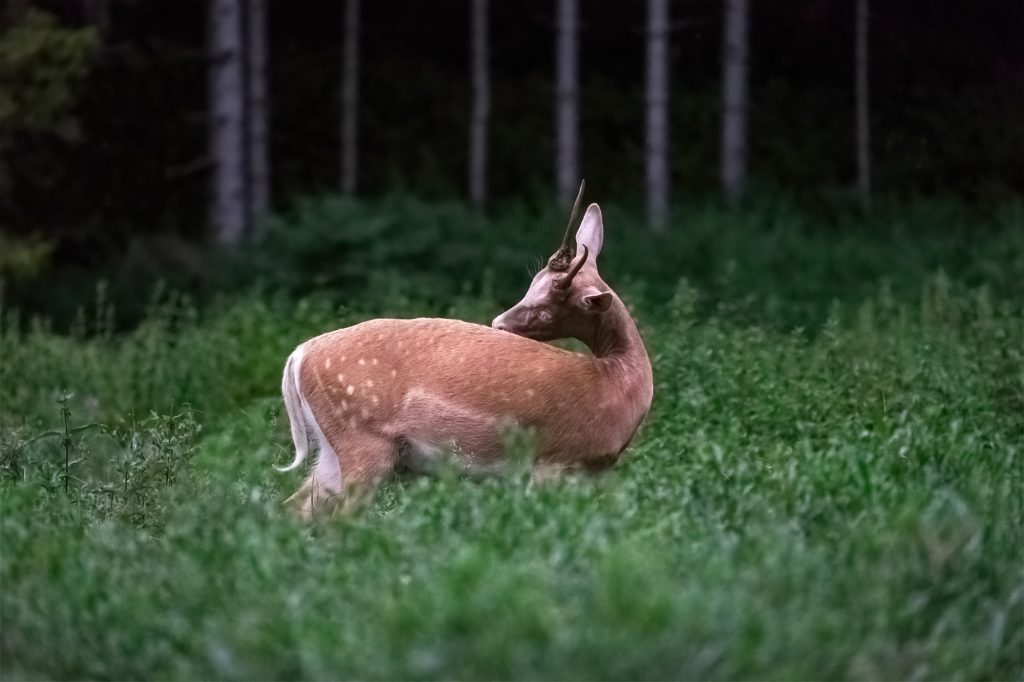
Why It’s Important to Photograph Wildlife Ethically
The purpose of wildlife photography is to promote the beauty, resilience and uniqueness of creatures in the wild. Unethical industry practices not only discredit this purpose. They also create an unrealistic portrayal of an animal. When photographing wildlife, we should be asking ourselves whether the photograph we are taking is honest and authentic to the moment. Additionally, the reputation we are creating for ourselves by promoting the aforementioned industry practices is another aspect to consider.
Wildlife photography has the power to inspire, as well as the power to harm. Therefore, the responsibility is on us to use this power to do good. Animals that are trapped or baited are robbed of the ability to make a choice. Hence, the choice to maintain their wellbeing resides on us. Photographing wildlife ethically comes with several benefits:
- Reducing the harm on nature and wildlife
- Promoting high industry standards in the wildlife photography
- Presenting authentic images of wildlife in their natural environment to audiences
- Enforcing the shutdown of unethical wildlife facilities and harmful animal farms
- Discrediting unrealistic portraits of animals and their behavior
- Using our power to do good in the world and drive nature conservation
- Respecting our fellow photographers who invest energy into creating authentic images in the wild
My article on 20 Ways to Photograph Wildlife Ethically provides a clear set of guidelines on how to take photographs in the wild without harming nature and the subject in question.
Summary
Putting the well-being of animals first should be every photographer’s goal. Ultimately, the question to ask oneself is: is it worth to put the life of a sentient being at risk and promote unnecessary suffering for a photograph? For any wildlife photographer who truly values nature, the answer to this question is extremely simple.
